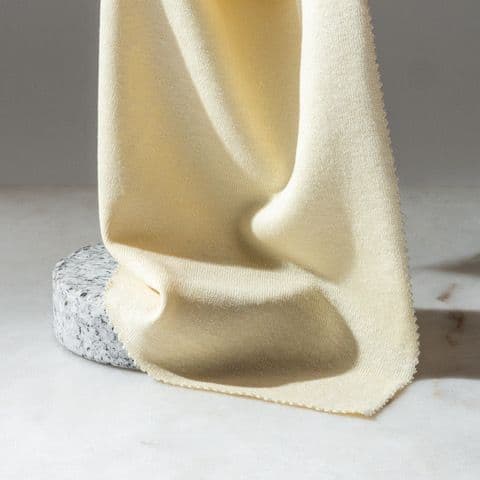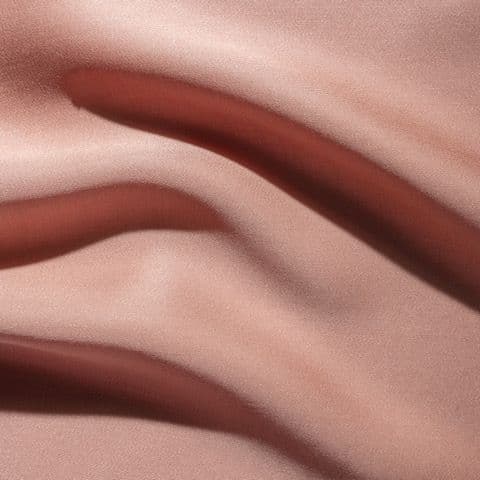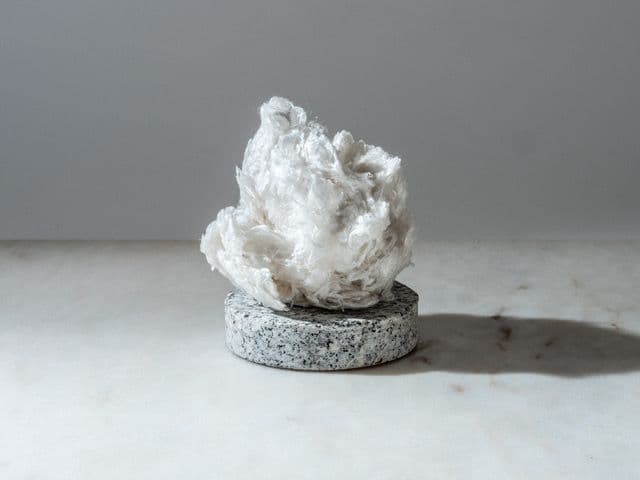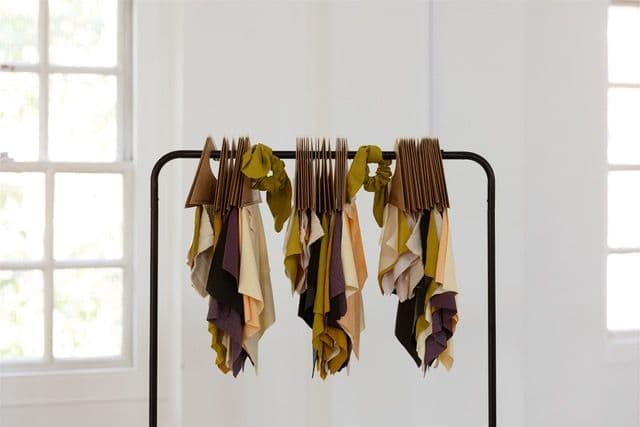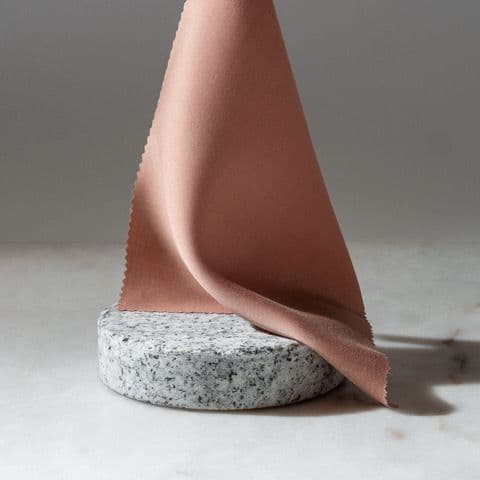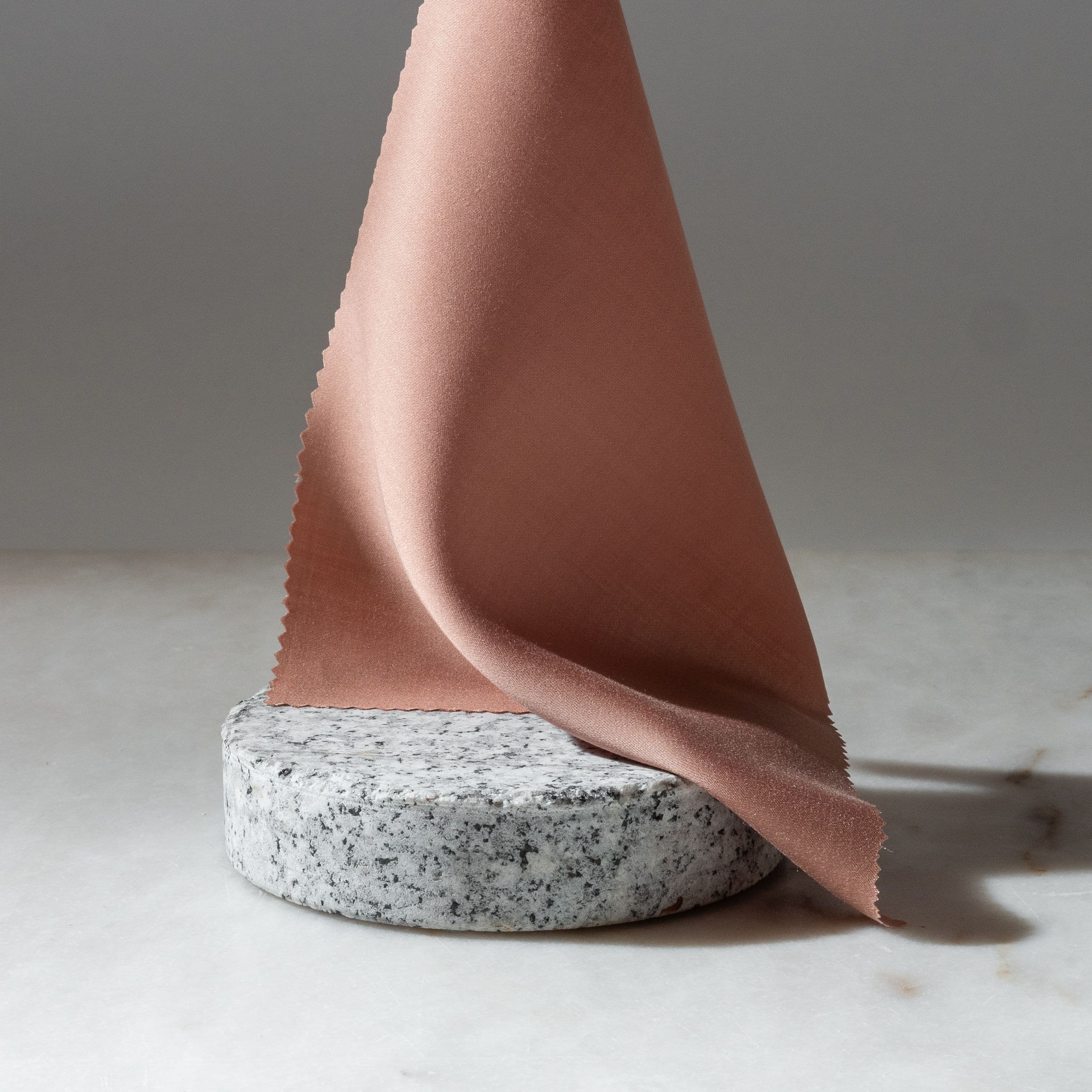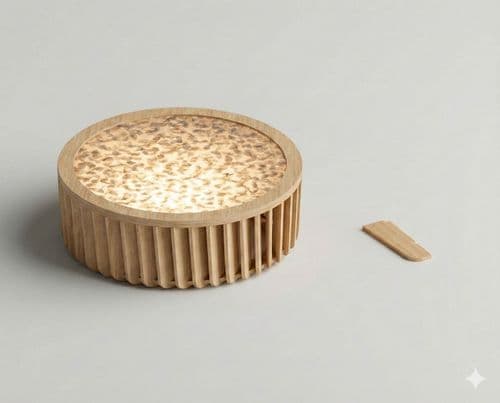Key Points
- CleanBamboo® is a lyocell made in a non-toxic closed loop: food-grade solvent and water are recaptured up to ~200 cycles, with ~2% clean water discharge.
- Feedstock is fully traceable: 100% FSC-certified and Canopy Hot Button-approved bamboo, rain-fed; ~80% becomes fibre and ~20% returns to farms as compost near processing.
- Gentle chemistry preserves bamboo’s properties: naturally hypoallergenic textiles, machine-washable and low-temp dry; available from silky to structured to replace cotton, silk, wool, cashmere, viscose and tree lyocell.
- Bamboo biochar from process waste is infused into the fibre, yielding durable antimicrobial, biostatic, antifungal and anti-odour performance validated by third parties, benefits renew with washing.
- Independent data: vs cotton, wastewater impact −99%, CO₂ −32%, eutrophication −85%, fossil fuels −34%; fabrics outperform cotton, viscose and Tencel™ on moisture management, thermal regulation, abrasion and long-term appearance.
Full interview with Amanda Turner
Amanda Turner is driven by a soul desire to be an active contributor to the betterment of humanity through the promotion of healthy and conscious living. She is an innovator in sustainable, performance materials across both hard goods and textiles. She is the VP of Product and Impact Innovation at ettitude driving growth for both their DTC home goods brand and their B2B textile business units. ettitude is a material science company with a commitment to dramatically reduce the harmful environmental impact of textiles with its proprietary CleanBamboo fibers.
What led Ettitude to pioneer the development of CleanBamboo®, and how does this innovation reflect your commitment to environmental sustainability?
Our founder Phoebe Yu was in the market for bedding and could not find an eco-friendly solution at the time, having a background in the textile trade she decided to develop a more sustainable solution.
This leads her to create and commercialise our CleanBamboo® Lyocell fiber technology. We have commercialized, scaled, and grown our business through our own DTC brand over the last 10 years and recently expanded to sell our textiles to the broader market to exponentially scale the positive impact of our fibers.
Can you describe the non-toxic closed-loop system Ettitude employs in the production of CleanBamboo® and its benefits over traditional textile manufacturing processes?
We use food-grade organic solvents for the dissolution of the cellulosic fibers. The solvents and water are recaptured through an advanced closed-loop recycling system that evaporates, separates, and reintroduces the solvents and clean water back into the process up to 200 times. This dramatically reduces our virgin resources and reduces our waste water impact releasing only 2% of clean water in the process.
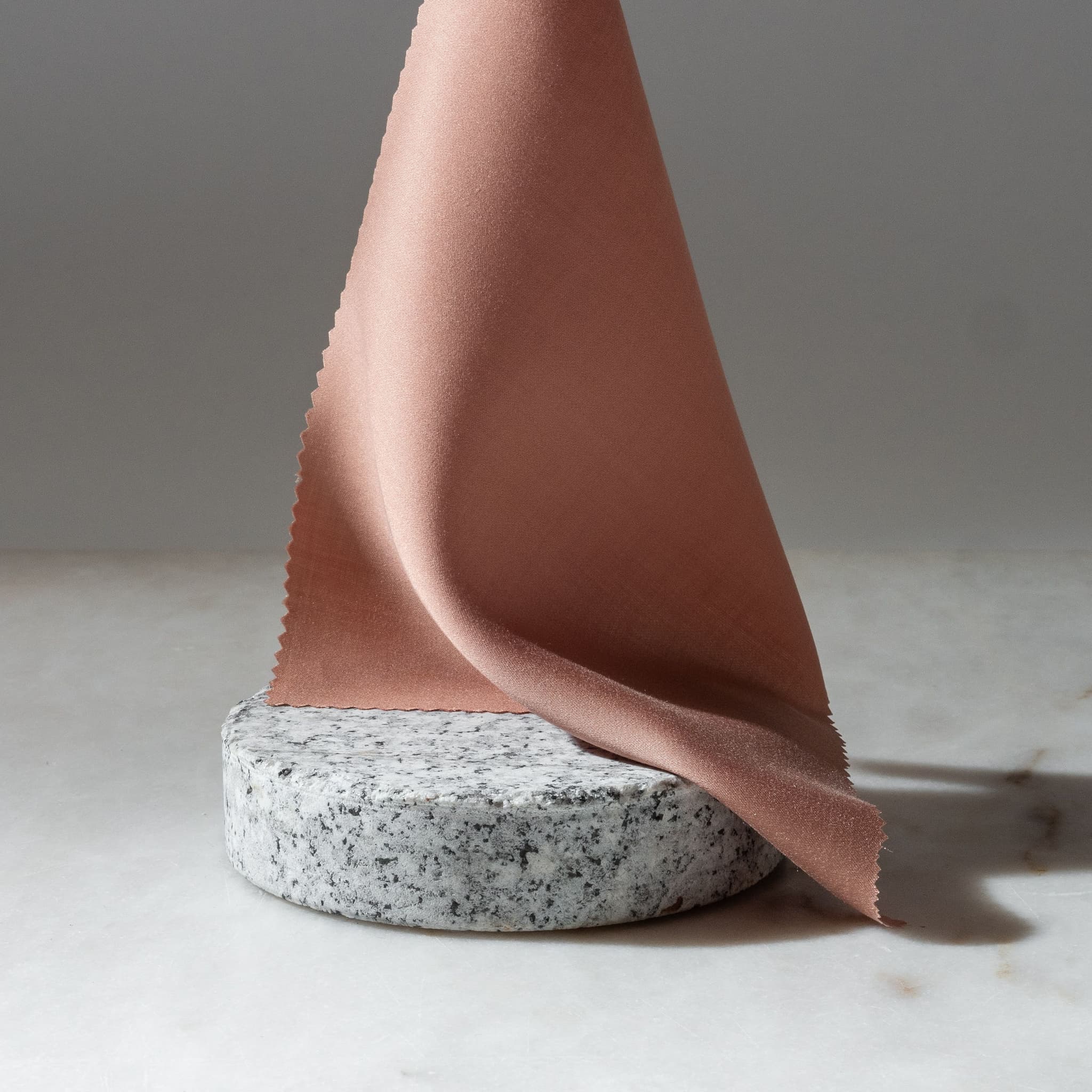
Ettitude boasts 100% FSC Certification and Canopy Hot Button approval for CleanBamboo®. Could you explain the significance of these certifications for your operations and the standards you meet to maintain them?
100% FSC certification ensures all of our bamboo feedstock has been audited by an independent 3rd party confirming the growing and harvesting of the bamboo meets their rigorous social and environmental standards.
100% also means that it is not mixed with any other feedstocks and is pure fully audited bamboo. Canopy Hot Button approval is one step further ensuring that the farms are not using ancient or endangered forests.
Using exclusively rainwater for cultivating your bamboo is an intriguing sustainability feature. How does this practice enhance both the bamboo's quality and the eco-friendliness of CleanBamboo®?
The fact that our bamboo is grown with 100% rainwater is due to the location of the farms. We have chosen to work with a farm in a region that has the right ecosystem for growing bamboo responsibly, with minimal resources, and also within close proximity to our processing facilities. We work with a specific species of bamboo that has a high cellulose content which is optimal for processing into fibers for textiles and reducing waste. We use 80% of the bamboo for feedstock and the remaining 20% is returned to the farm as compost that helps enrich the soil and increase growth rates.

Given the environmental concerns associated with the textile industry, in what ways does CleanBamboo® serve as a sustainable alternative, and what challenges have you encountered in its market adoption?
We help brands by giving them a fully traceable solution, has a lower impact than conventional alternatives, and utilizes a renewable resource. Even though we use virgin feedstock the bamboo grows faster than we can harvest it therefore when we cut the stalks they continue to regrow and this harvesting process helps them regenerate.
CleanBamboo® retains natural bamboo properties due to gentle fiber processing. How do you achieve this, and what makes CleanBamboo® naturally hypoallergenic and suitable for machine washing and drying?
We use gentle organic chemistry and enzymes to maintain some of the inherent properties of bamboo such as its hypoallergenic nature. This translates all the way to the finished textiles. We are able to achieve a very versatile fiber as well that is not like traditional lyocell is only smooth, silky, and shiny. We have both the lyocell properties & we have more texture properties that allow us to achieve more structured fabrics with a dryer hand. This unique value proposition allows us to offer a wider range of textile qualities replacing cotton, silk, wool, cashmere, viscose, and tree lyocell. All of our textiles are able to be machine washable and dry at low temperatures to convince the consumer.

Could you elaborate on integrating bamboo biochar into CleanBamboo® fibers and the benefits of this biochar infusion for odor and bacteria resistance?
Our Bamboo biochar comes from waste material that is not suitable for converting into fiber. This waste material is carbonized and included in the fiber processing so that it becomes infused into the fiber itself. The addition of biochar provides the fiber/yarns/textiles with antimicrobial, biostatic, antifungal, and anti-odor properties. All of these have been 3rd-party tested and validated. The best part is because it is a part of the fiber itself these properties will last the lifespan of the product and renew with every wash. Unlike other technologies that include metallic fibers or chemical coating processes that fade with use.
How does CleanBamboo® meet the growing consumer demand for textiles that are both eco-friendly and performance-driven?
We believe the best way to gain wide market adoption is to not only have a sustainable solution, which we have but also to have a better-performing solution, which we also have. We have executed 3rd party LCA (life cycle analysis) data for our fibers and textiles from seed to gate. We can confirm we are able to reduce waste water impact by 99% compared to cotton, CO2 by 32%, Eutrophication by 85% and Fossil Fuels by 34%. In addition, we have completed 3rd party lab analysis of our performance abilities and the results showed that we outperformed cotton, viscose, and Tencel™ in moisture management, temperature regulation, abrasion resistance, and surface appearance over time.

With the future in mind, how does Ettitude see CleanBamboo® influencing regenerative practices and health consciousness in the wider textile industry?
We hope to gain widespread adoption among brands helping to reduce the impact of non-regenerative purpose-grown feedstocks such as cotton, tree viscose, and tree lyocell as well as be a solution to replace a significant amount of animal fibers with our ability to replicate silk, wool and cashmere properties.
Are there any new developments or expansions in your product line that we can expect from Ettitude soon?
Absolutely, we are working on several exciting new technologies that include innovations at the farm level, materials handling, and processing. Our innovation plans include regenerative feedstock solutions, closed-loop waste materials, and impact-reducing processing.
